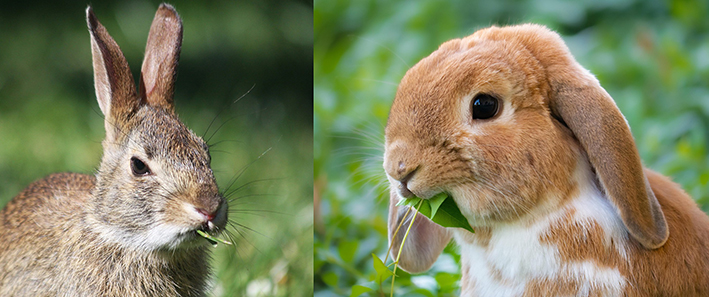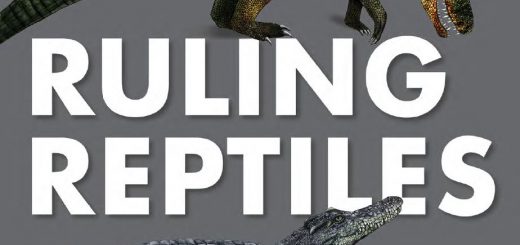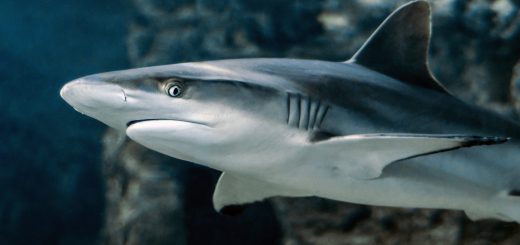Show me your teeth and I’ll tell you … how big you are?
In 1975, biologist Gould found for various mammalian taxa that cheek tooth occlusal area scales with body mass by a factor of 0.75; i.e., in smaller animals, the occlusal surface is relatively larger, while...









Neueste Kommentare